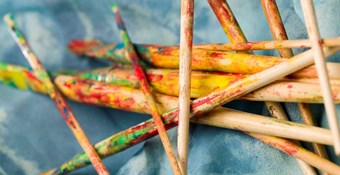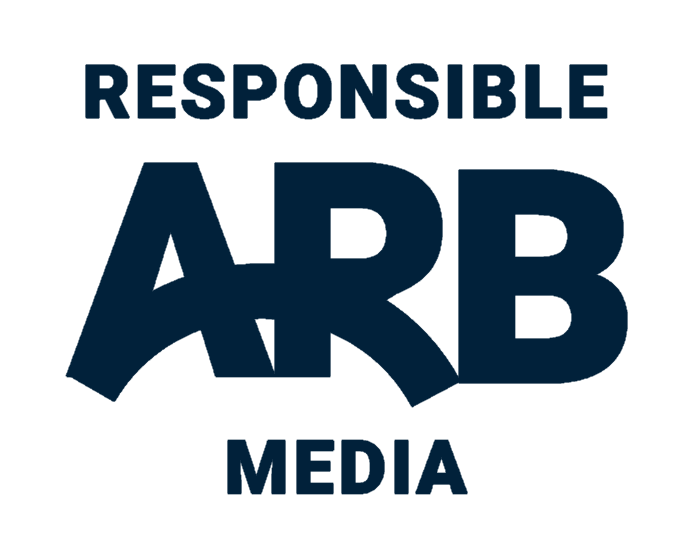Human Interest
Don't be quick to celebrate the hijab-wearing Barbie─── 11:53 Mon, 27 Nov 2017

It is no secret that Mattel Inc.'s Barbie doll has done well, not only in the US but also globally.
The franchise contributed nearly 20 percent to Mattel's worldwide gross sales in the last quarter and was ranked as one of the top-selling US toy properties.
However, the company has also been incessantly criticised for its portrayal of unrealistic beauty standards - its white, ultra-thin, blue-eyed, lusciously-haired, ample-bosomed Barbie, it is argued, belies the realities of women who must eat, labour, provide care to children and the elderly, and survive intimate and public violence.
Mattel has often dismissed such criticisms. Only a couple of years ago, Mattel's lead designer for Barbie said that mothers are to blame for girls' body issues, and not dolls.
However, in recent years, the company has launched multiple new product lines, from career, petite, and curvy Barbie dolls to dolls that are non-white, to appease its critics. Earlier this month, it launched its first Barbie in hijab. Designed after Olympic fencer Ibtihaj Muhammad, this doll is part of its "Sheroes" series. Mattel portrays this doll as serving as an "inspiration for countless little girls who never saw themselves represented in sports and culture".
Many Muslims and non-Muslims alike welcomed the doll as a sign of inclusion and diversity. In the words of Miley Cyrus, "Yay Barbie! One step closer to Equality! We HAVE to normalize diversity!"
Given the current context of large-scale demonisation of Muslims through institutional policies such as the "Muslim ban" and the dismantling of DACA, a Barbie in hijab (a headscarf worn by many Muslim women who feel it is part of their religion) appears to be a welcome respite. According to Pew Research Center, hate crimes against Muslims in the US have surpassed the 2001 level. Just recently, a schoolteacher in Virginia ripped off a young girl's hijab, and a teacher in Tennessee posted a video of a student's hijab being removed, with captions "pretty hair" and "lol all that hair cover-up".
There is no doubt that this doll offers representational possibilities for young girls (and even women) who often do not see their likeness in dominant textual and visual cultures. And the doll, being black, also disrupts the dominance of South Asian/Arab/Brown Muslims in the context of the US.
However, let's not be too hasty in celebrating such moves by for-profit corporations.
What Mattel and companies like DKNY, Tommy Hilfiger, Nike, Dolce & Gabbana, and H&M, which have launched hijab, abaya and other products aimed at Muslim women, are selling is an imagined feeling of inclusivity to Muslim girls who often do not experience it in their daily lives.
This form of tokenistic inclusion often does more harm than good. It distracts us from engaging in deeper and tougher conversations about meaningful social reform to create a more inclusive society. Instead, it commodifies Islam and sees Muslims as yet another target market. Critical legal theorist Nancy Leong reads such forms of the commodification of otherness as "racial capitalism" - "the process of deriving social and economic value from racial identity".
The hijab-wearing Barbie or the D&G abayas are classic instances of racial capitalism, where predominantly white institutions extract economic and social value from Muslim identities. Muslims are not only invited to transform themselves into consumers but, socially, such organisations can also lay claim to "valuing diversity" while doing little to change their policies towards hiring/promoting/sustaining members of the group that they feign concern about.
Feminist scholar Sara Ahmed observes that "diversity [is]… a form of public relations… a means by which organisations establish and maintain goodwill". For Mattel, in particular, it is a way to revive its struggling Barbie franchise and, with it, the company's falling share price. As Juliana Chugg, Mattel's chief brand officer, noted recently, "Barbie is a textbook case study around how to reinvigorate a 57-year-old global icon, strategically shifting our investment from item advertising to purposeful marketing, innovating within the core around diversity, developing new sources of business, targeting younger girls in the fashion doll segment and beyond."
The assimilation of articles representing Muslim identity or religious life by for-profit corporations is, then, just a marketing/re-branding strategy, not a move informed by social justice concerns. It does little to disrupt racial hierarchies that undergird discrimination of Muslims in the first place.
Significantly, it also stabilises a particular notion of Muslim womanhood. When influential organisations select the hijab as representative of Muslim women, those who do not don the hijab find themselves on the defensive about their authenticity as Muslims. They come out all guns blazing at the hijab, delegitimising women who actually choose to wear it for multiple reasons. Such moves then create fissures within Muslim women as well.
Rather than taking on the mantle of providing inspiration to Muslim girls, perhaps organisations such as Mattel should engage more Muslim women in their creative and production processes. Perhaps such engagements will enable them to not only understand the diversity of Muslim women globally but also to provide much-needed opportunities to Muslim women to thrive economically and socially.
Organisations such as Mattel and D&G are not in the business of empowering Muslims/minorities, and thus their claims as such must be vigorously questioned. Allocating consumer items of capitalist corporations the power to transform social relations simply gives them more power. Their token products help them lay claim to being diverse and progressive, while masking the underlying systems that reproduce inequality. We must resist such ideological moves by corporations, whose only agenda might be the commodification of difference to make more money and promote their brands.
The views expressed in this article are the author's own and do not necessarily reflect Al Jazeera's editorial policy.













